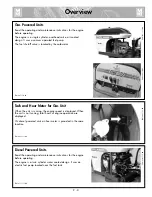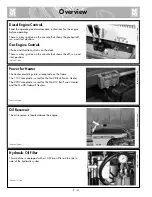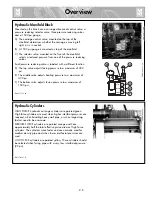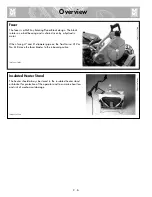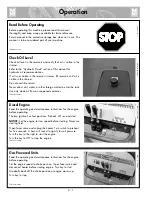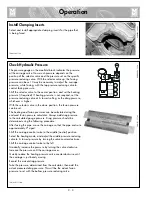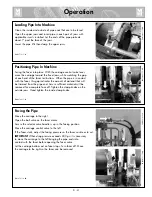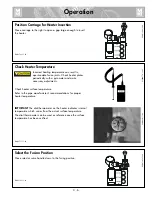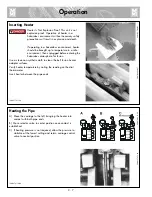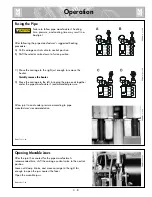
Overview
2 - 1
Theory of Heat Fusion
The principle of heat fusion is to heat two surfaces to a
designated temperature, and then fuse them together by
application of force. This pressure causes flow of the melted
materials, which causes mixing and thus fusion. When the
polyethylene material is heated, the molecular structure is
transformed from a crystalline state into an amorphous condition.
When fusion pressure is applied, the molecules from each
Polyethylene part mix. As the joint cools, the molecules return to
their crystalline form, the original interfaces are gone, and the
fitting and pipe have become one homogeneous unit. The joint
area becomes as strong as the pipe itself in both tensile and
pressure conditions.
The principle operations include:
Clamping
The pipe pieces held axially to allow all subsequent
operations to take place.
Facing
The pipe ends must be faced to establish clean,
parallel mating surfaces perpendicular to the
centerline of the pipes.
Alignment
The pipe ends must be aligned with each other to
minimize mismatch or high-low of the pipe walls.
Heating
A melt pattern that penetrates into the pipe must be
formed around both pipe ends.
Joining
The melt patterns must be joined with a specified
force. The force must be constant around the interface
area.
Holding
The molten joint must be held immobile with a
specified force until adequately cooled.
Each pipe manufacturer has a slightly different approach for
fulfilling the heating, joining, and holding phases, but the end
result is the same -- a fusion joint that is as strong or stronger than
the pipe itself.
PH00363B-1-4-96
TX00441-9-22-94
Summary of Contents for TracStar 28
Page 63: ......

















